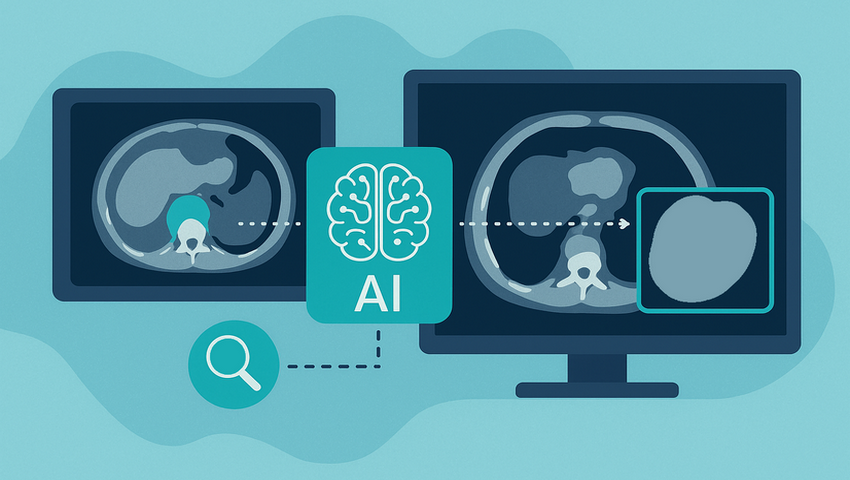
Medical imaging plays a vital role in diagnosing diseases, planning treatments, and monitoring patient health. However, training computer programs to analyze these images accurately usually requires thousands of expertly labeled examples, a process that is slow, expensive, and often limited by privacy concerns. GenSeg is a new generative AI framework that is transforming this landscape by drastically reducing the amount of expert-labeled data needed to build effective medical image analysis tools. It can create high-quality, realistic synthetic medical images along with precise labels, allowing doctors and researchers to develop powerful models even when data is scarce.
This approach aligns with QuData’s broader expertise in synthetic data generation – creating secure, scalable, and cost-efficient artificial datasets tailored to machine learning needs. In addition to producing realistic visuals, such as medical scans, QuData also applies precise data annotation and segmentation pipelines, quality control mechanisms, and bias mitigation strategies. These ensure that synthetic datasets are not only lifelike but also diverse, balanced, and ready for integration with real-world data for hybrid training workflows.
Traditional data augmentation methods rely on simple transformations such as rotating images or adjusting colors to generate more training examples from existing data. While helpful, these techniques do not add much new information and tend to fall short when the original dataset is very small. In contrast, GenSeg uses an advanced approach: it trains a deep generative AI model to produce entirely new, realistic medical images paired with accurate segmentation masks. This is like having an artist who not only paints lifelike medical images but also perfectly outlines areas of interest such as tumors or organs. Moreover, GenSeg integrates the training of this generative model with the segmentation model in a unified, end-to-end framework. This means that the generation of synthetic images is continuously guided by how well the segmentation model performs, ensuring the synthetic data is highly valuable for teaching the AI to recognize complex patterns.
The benefits of GenSeg are significant. It can train effective medical image segmentation models using as few as 40 to 50 real expert-labeled examples, drastically reducing the burden and costs of manual annotation. When tested across multiple datasets, GenSeg-enhanced models not only performed better on familiar images but also generalized well to new and different image sources, which is crucial for real-world clinical applications. Furthermore, GenSeg works seamlessly with various AI architectures, including traditional models like UNet, Transformer-based models like SwinUnet, and even 3D models analyzing volumetric scans such as MRIs. This versatility extends its usefulness across a wide range of medical imaging tasks.
Despite these strengths, GenSeg has some limitations. Its success depends on the quality and diversity of the small set of real images it learns from; if this initial data is biased or limited, the synthetic images may inherit these shortcomings. Additionally, GenSeg’s ability to generalize might decrease when faced with imaging modalities or datasets that differ significantly from its training data. It also still requires some expert-labeled data upfront, which might be difficult to obtain in certain scenarios. Finally, before GenSeg can be fully integrated into clinical workflows, the synthetic data must be carefully validated to ensure it does not introduce artifacts or inconsistencies that could impact diagnostic decisions.
Looking ahead, researchers aim to improve GenSeg by enhancing the realism and anatomical accuracy of its synthetic images, enabling it to adapt better across different hospitals, imaging devices, and patient populations. They also plan to expand its capabilities beyond segmentation to other medical imaging challenges such as anomaly detection and multimodal image fusion. Incorporating feedback from medical professionals will help align the synthetic data more closely with real-world diagnostic needs. Additionally, comparing the variability of GenSeg-generated masks with that of multiple expert readers will offer valuable insights into the clinical relevance of the synthetic data.
GenSeg represents a major advance in AI-driven medical imaging by overcoming the challenge of limited annotated data. It offers a faster, more cost-effective way to develop accurate diagnostic tools that can perform well across diverse clinical settings. As AI continues to evolve, technologies like GenSeg will be essential for making healthcare smarter, more accessible, and better equipped to serve patients worldwide.


